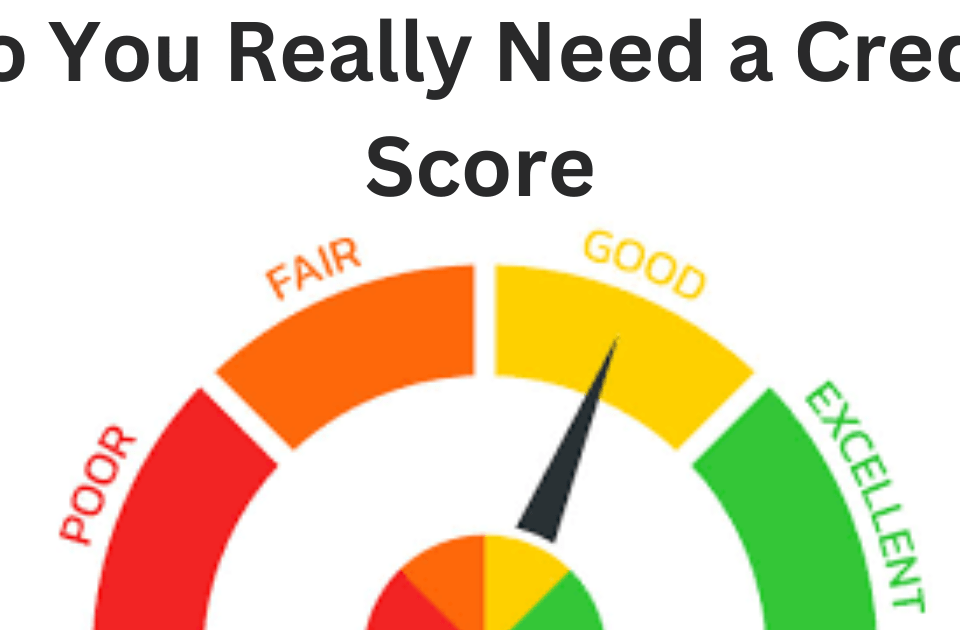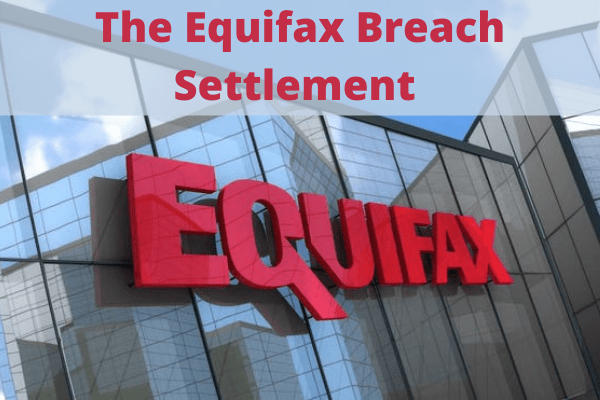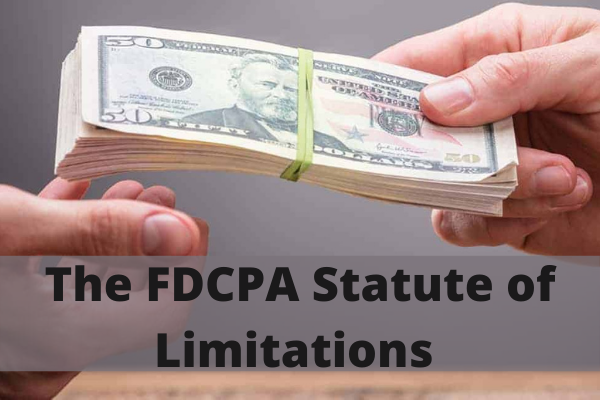How much will it cost you to get a new loan?
This is probably the first question that most people ask when borrowing money to refinance their current mortgage or buy a home. This is why it can be of big help to get a good faith estimate.
So, what is a good faith estimate, then?
What is the Good Faith Estimate?
Good faith estimate is the most critical document you will get during your mortgage application. A GFE or good faith estimate contains the summary of the main terms of your home loan including the interest rates and closing costs. The lender should provide you a good faith estimate in a matter of three business days after they receive your application except if they already rejected you.
It doesn’t really matter where you get the mortgage because you can still expect to see and receive the same standard good faith estimate with its three pages that every lender should use.
There are now two new disclosure forms for “Know Before You Owe” created by the Consumer Financial Protection Bureau, including one that will replace the good faith estimates that both mortgage brokers and banks are currently using.
What is Included in the Good Faith Estimate?
The good faith estimate will let you know how much you are being charged for points and lender fees. It is where you can exactly see the amount of upfront cash that you will need for closing any home loan.
Many lenders charge their clients with origination fees for mortgage processing more often than not. You can find this in the box that states “Our origination charge” right on top the second page of a standard good faith estimate.
These fees usually range from 0.5% up to 2% of the loan, with the best deals being charged with a fixed fee worth $1,000 or lower.
Points are the charges based on the percentage of your borrowed amount. A single point is equivalent to 1% of your loan.
Mortgage points are categorized into two types:
- Discount points can lower your loan’s interest and cut down your payments every month.
- Origination points are only a form of the origination fees.
The origination points should be reported in a similar box of the good faith estimate like the rest of the lender fees. A single discount point normally lowers the rate of the interest by 0.1625% to 0.25% on a mortgage for 30 years.
If you are charged with discount points that must be reported right under the origination fees in that section that states “Your credit or charge (points) for the specific interest rate chosen.”
In case you are not paying points, you need to check the first box. In case you are charged with points, the check will be on the third box and the specific amount charged to you is going to be filled in.
There are mortgage companies and banks that promote the interest rates in their ads that are available only through paying points.






